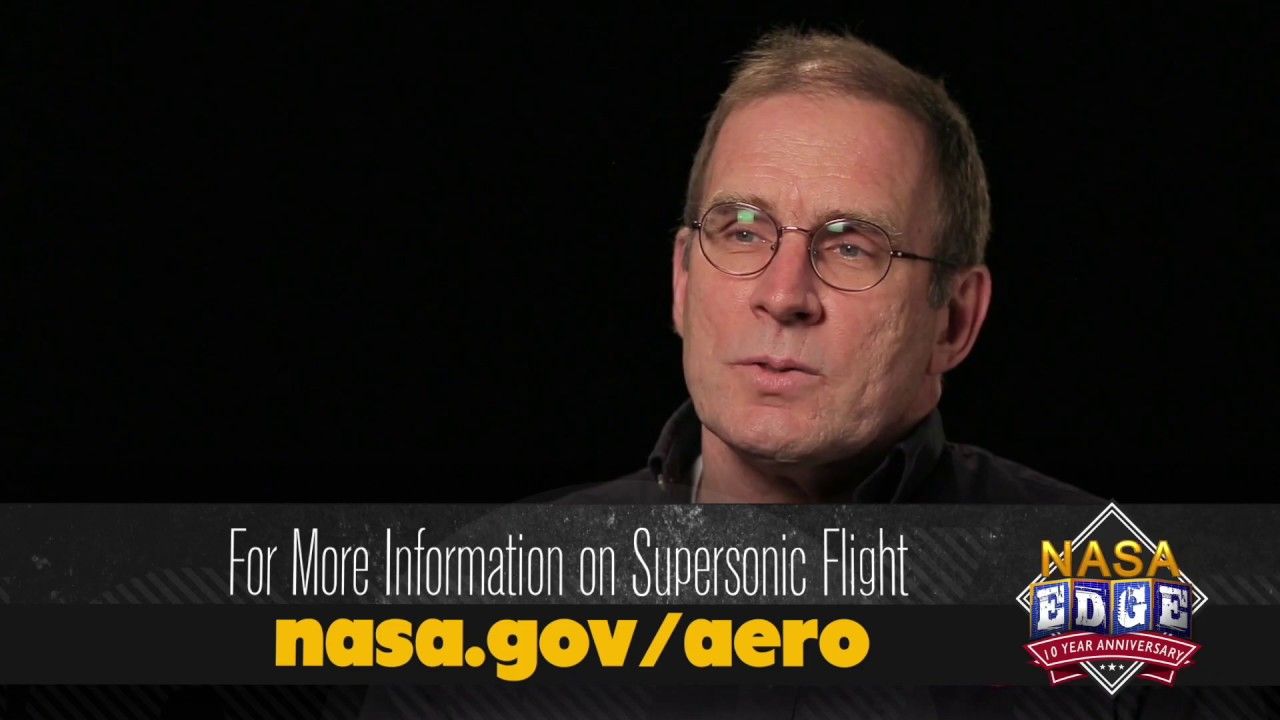It has been more than a decade since the Concorde was retired from service, and since then no passenger aircraft has exceeded the speed of sound. That might change in the not-too-distant future, thanks to a project from NASA and industry partner Lockheed Martin Corporation. The agency is close to testing its design for Quiet Supersonic Transport, or QueSST, which could lead to passenger jets that can again reach supersonic speeds.
The Concorde was never seen as a major commercial success — more of a vanity project for the few European airlines that operated the planes. The nature of supersonic flight meant the sonic boom at ground level could shatter windows. Thus, the plane could only fly at high speeds over the ocean. The trip between Europe and New York was fast, but other routes were not feasible. When the travel industry took a downturn in 2003, the Concorde was mothballed.
QueSST technology has the potential to make supersonic air travel workable even over land, and NASA has announced that its preliminary design review is done. The aim is to build a plane that can fly at supersonic speeds without the disruptive sonic boom. NASA, with the help of Lockheed Martin, has designed and tested a scale model version of the so-called Low Boom Flight Demonstration (LBFD) experimental aircraft, known as an X-plane. This model was placed in a 6-by-8-foot supersonic wind tunnel at NASA’s Glenn Research Center. This led engineers to confirm the fuselage, wing, and engine design could allow for quieter supersonic flight.










Comments are closed.